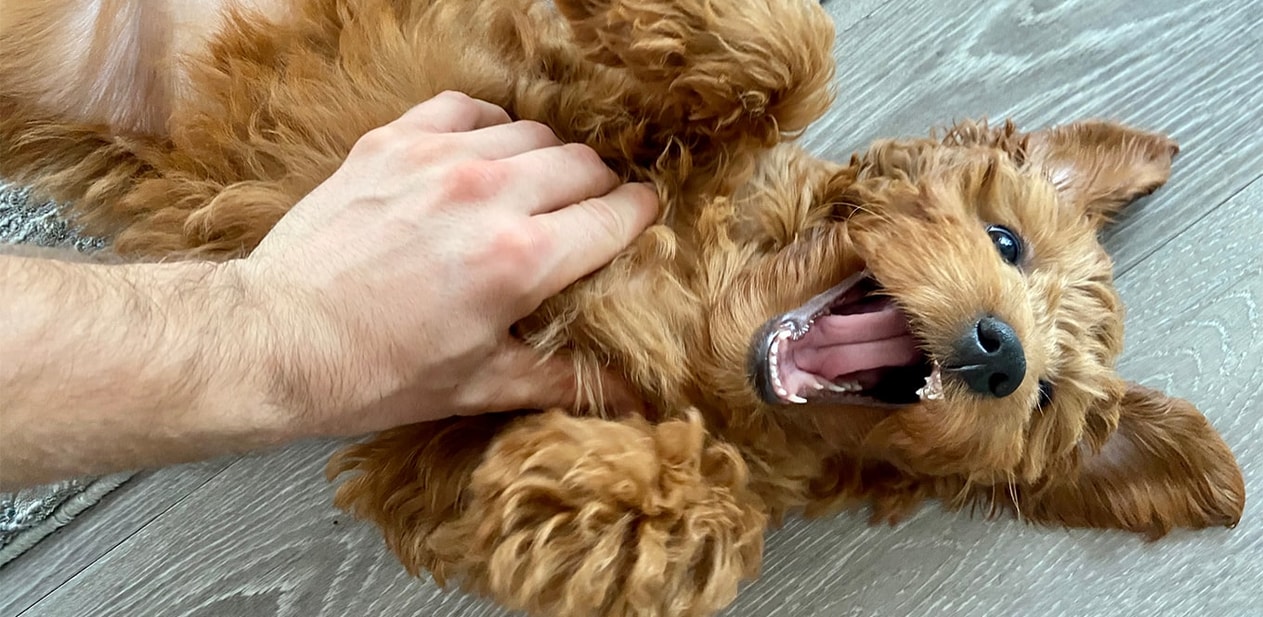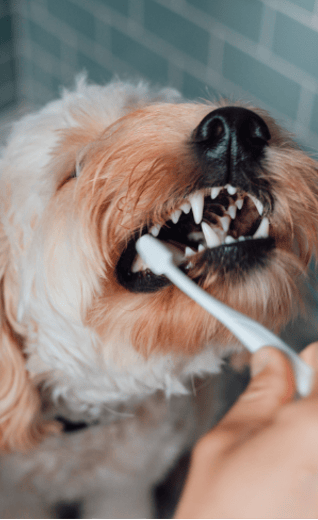
Puppy Basics: Tips for Your Teething Puppy
Teething is a normal part of puppyhood, and most puppy owners quickly get acquainted with the inevitable chewing — and destruction! — puppies can engage in. But don’t worry. While puppy teething can be challenging, you can take several steps to provide safe options for chewing and help reduce your pup’s discomfort.
How Long Do Puppies Teethe?
Puppies grow quickly, especially during their rapid growth stage, which occurs between 2 and 6 months of age. From about 3 to 6 months, most pups will lose their puppy teeth. You might find a tooth near their dish or on the floor; this is normal.
What Puppy Teething Symptoms Should You Watch For?
During the teething phase, your puppy’s mouth and gums will be sore. Look for these signs that your puppy is teething:
- Chewing to alleviate pain
- Drooling
- Foul breath
- Crying or whining
- Small spots of blood on items your puppy chews
- Pickiness or reluctance to eat their food
If you notice more than a few dots of blood, or if your puppy seems to be in a lot of pain, consult your vet.
How Can You Soothe a Teething Puppy?
While teething is uncomfortable for a puppy, there are a few ways to help alleviate their pain. Try these tips.
Provide Safe Chewing Toys
Choose chew toys that are appropriate for your puppy’s size, and provide several types and textures to encourage them to chew on the toys (instead of your shoes or the couch). Firm rubber toys with textured bumps or ridges are popular options.
Always supervise your puppy while they’re happily chomping, and regularly inspect the toys to make sure chunks haven’t been taken out of them. Toss any damaged toys.
Soothe Their Gums with a Chilled Washcloth
You can also put a clean, damp washcloth in the freezer for a few hours, and then give it to your puppy to provide some chilled relief. Again, make sure to supervise.
Know Which Chewing Items to Avoid
Rawhides can cause intestinal blockages, and sticks can injure your puppy’s mouth.
Make Mealtime More Comfortable
If your puppy seems reluctant to eat their dry food due to teething, don’t switch to a new formula to stimulate their appetite. Changing food at this time can cause additional stress and intestinal upset. These tips can help your puppy make the change:
- Mix your puppy’s regular premium dry food with a premium canned puppy food, like IAMS™ Proactive Health™ Puppy with Chicken and Rice Pâté, to soften the dry food and make mealtime even more appealing.
- Add a small amount of warm water to dry food to soften it. Make sure to remove any leftover food after your puppy is done eating, as moist food can breed bacteria if left out.
- Feeding dry food and biscuits loosens the teeth, so pups can get through the teething process quicker. If your puppy’s appetite loss persists, see your veterinarian before you switch food.
While teething can be a pain for puppies and their owners, it’s crucial to guide your pup to the right items to chew so they can safely lose their baby teeth. Before you know it, your pup will pass the six-month mark and be one step closer to a healthy, active adulthood.




